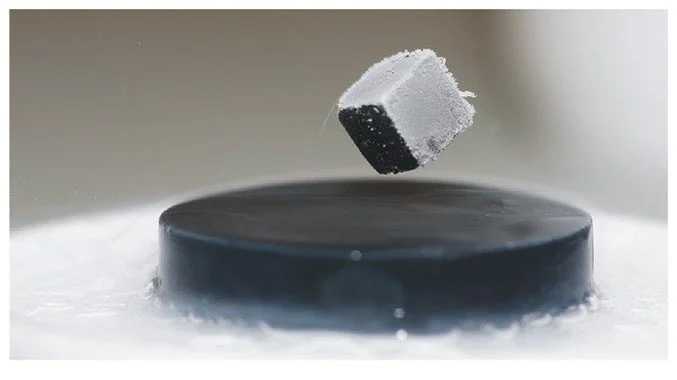
Superconducting Material
This week in research, scientists announced a tantalizing step closer to realizing the dream of a material that can easily transmit electricity in everyday situations.
The potential applications of such a discovery include magnetically levitating trains, fusion power plants in the future, and virtually any technology that uses electric energy.
Typically, as electricity flows through wires, it encounters resistance, almost like friction, and some energy is lost as heat.
Also read: Sensex Loses 542 Points & Ends Its Three-Day Winning Streak
A century ago, physicists discovered materials, now known as superconductors, in which electrical resistance appeared to vanish magically. However, these materials only lost their resistance at extremely low temperatures, limiting their practical applications.
Scientists have been looking for superconductors that can operate at room temperature for decades. The new announcement in research is the latest attempt in that direction.
The new superconductor is made of lutetium, a rare earth metal, hydrogen, and a trace of nitrogen. Before it can become superconducting, it must be compressed to a pressure of 145,000 pounds per square inch. That is roughly ten times the pressure at the bottom of the ocean’s deepest trenches.
To read more such news, download Bharat Express news apps






















